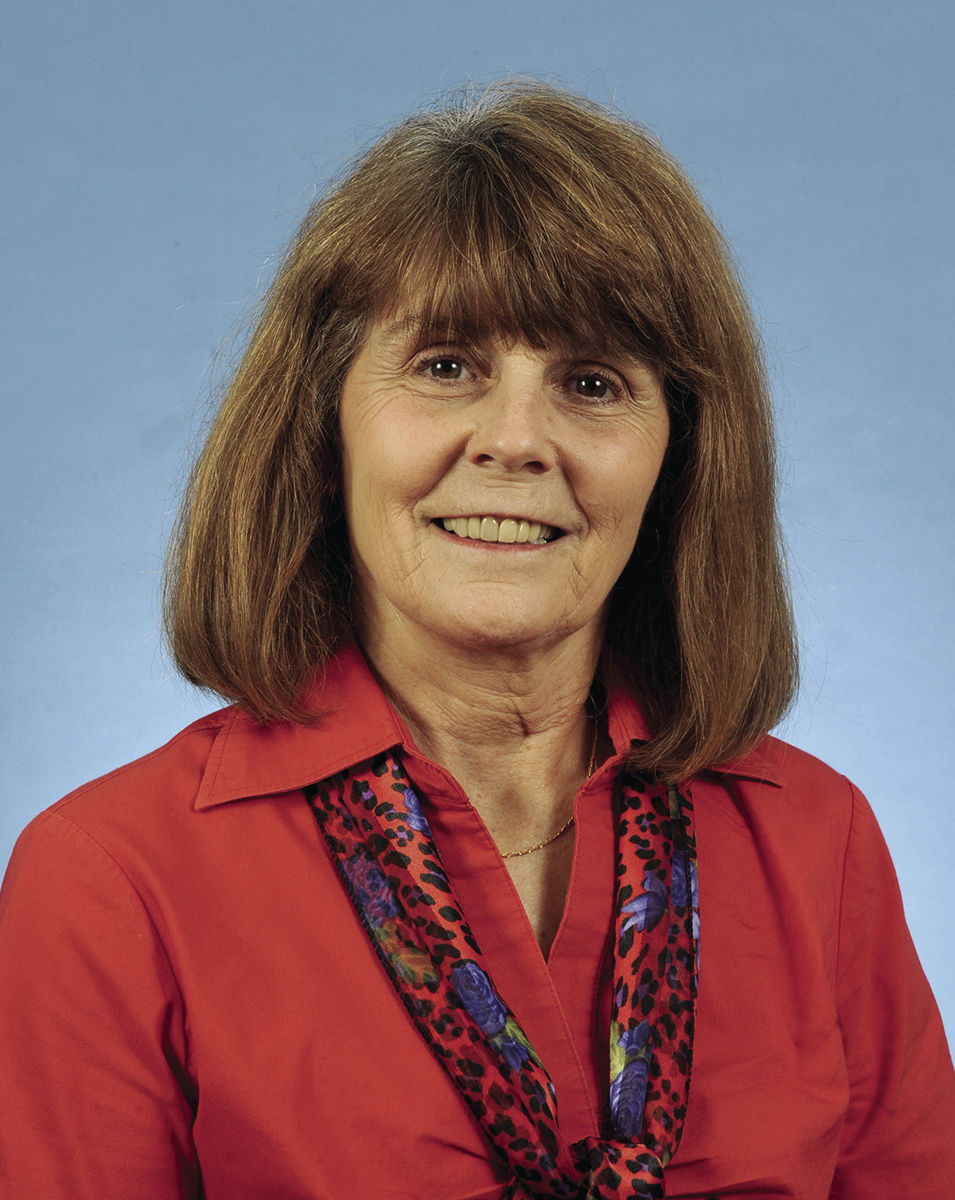
Diocese announces new principal for Holy Rosary
June 14, 2018
LOCAL TO BEING PROFESSIONAL CAREER
June 15, 2018More than 20 descendants of 372 sieves Georgetown’s Jesuit priests sold off in 1636. known as GU272, toured the Finding Our Roots African American Museum in Houma on Friday.
Their visit was in part to view the state’s only museum exhibit (thus far) about their history, and to learn about an area where many of their relatives were dislocated.
The day included the museum’s directors releasing the names of three slaves they found, who were part of the 272, as well as one of the museum’s officers, finding out he too is a descendant.
Cherllyn Branche, said she made the trip to Houma, partly because of the “allure” and “reputation” of the museum.
“We are here because we are descendants of an enslaved people that the Jesuit priests sold in 1886.” she said.
Branche was also very complimentary of Margie Scoby, President of the Finding our Roots African American Museum, “shea created quite an allure, and that’s part of the reason why we are here today”
Scoby said the museum also unveiled the state’s first ever museum exhibit about the GU272. an Friday.
“We also indentified three slaves who were sold off here in Terrebonne Parish: Frank Campbell, William Granison Dorsey and John Baptiste,” she said.
Also. Alvin Tillman, who serves as Scoby’s vice-president, found out an Friday that he is a double descendant (an his paternal and maternal side). from Frank Campbell.
“This was an awesome visit to meet these folks, who travelled from as far away as Hawaii, touring Terrebonne Parish ” he said.
Karran Harper Royal, the executive director of the GU272, was also in attendance.
“Our visit to Terrebonne was crucial far our descendants, frankly for our cousins to get a sense of the context of where our ancestors lived, from when they were brought here to Louisiana !’ Royal said.
She said the group also visited the Residence Plantation, which she said “painted more of a stronger picture.”
“And to think, this all began with a massive kidnapping from the motherland,” Royal said.
“Georgetown must be responsible far telling its history, so that we can all go forward together.” she added.
Royal said the majority of slaves were sold from the Maryland Province of the Jesuits to Dr. Jessie Batey. who owned numerous plantations in the area, most of which is land now known as Gray and Schriever. and North Houma. and also to U.S. Rep. Henry Johnson, a farmer governor of Louisiana.
Branche said the transaction a brought the university $3 million, according to research, which she said is available within the walls of the university, in their archives
The deal was rather complex, according to documents released by the university.
Founded in 1763 as Georgetown College, the school, from its beginnings, relied on income from tobacco plantation*! worked by enslaved people, (Branche said the Jesuits never referred to their holdings as plantations, using the word manor sometimes).
However in the 1830s. two prominent Jesuit priests, William McSherry and Thomas Mulledy, determined that the scheme was financially inefficient.
Small sales of slaves took place. Than in 1830 Father Mulledy was given the task of selling off the remaining slaves.
The ship that bore the Georgetown slaves from Maryland was the schooner Unca, a 66-foot sailing vessel engaged in coastwise trade. At a New Orleans dock, the slaves were transferred to the flatboat that completed the trip to Terrebonne.
The Finding Our Roots African American Museum is located at 918 Roussell Street in Houma.
It is housed in a historic landmark called The Academy, one of two built by the Louisiana Southern Baptist Association of the Fifth District.
The Academy played a significant role in the education of African American people in Terrebonne Pariah, established in 1691 and built in 1893.
Vice-President Alvin Tillman describes it as “a museum within itself.”
“This was an awesome visit to meet these folks who traveled from as far away as Hawaii, touring Terrebonne Parish.”









